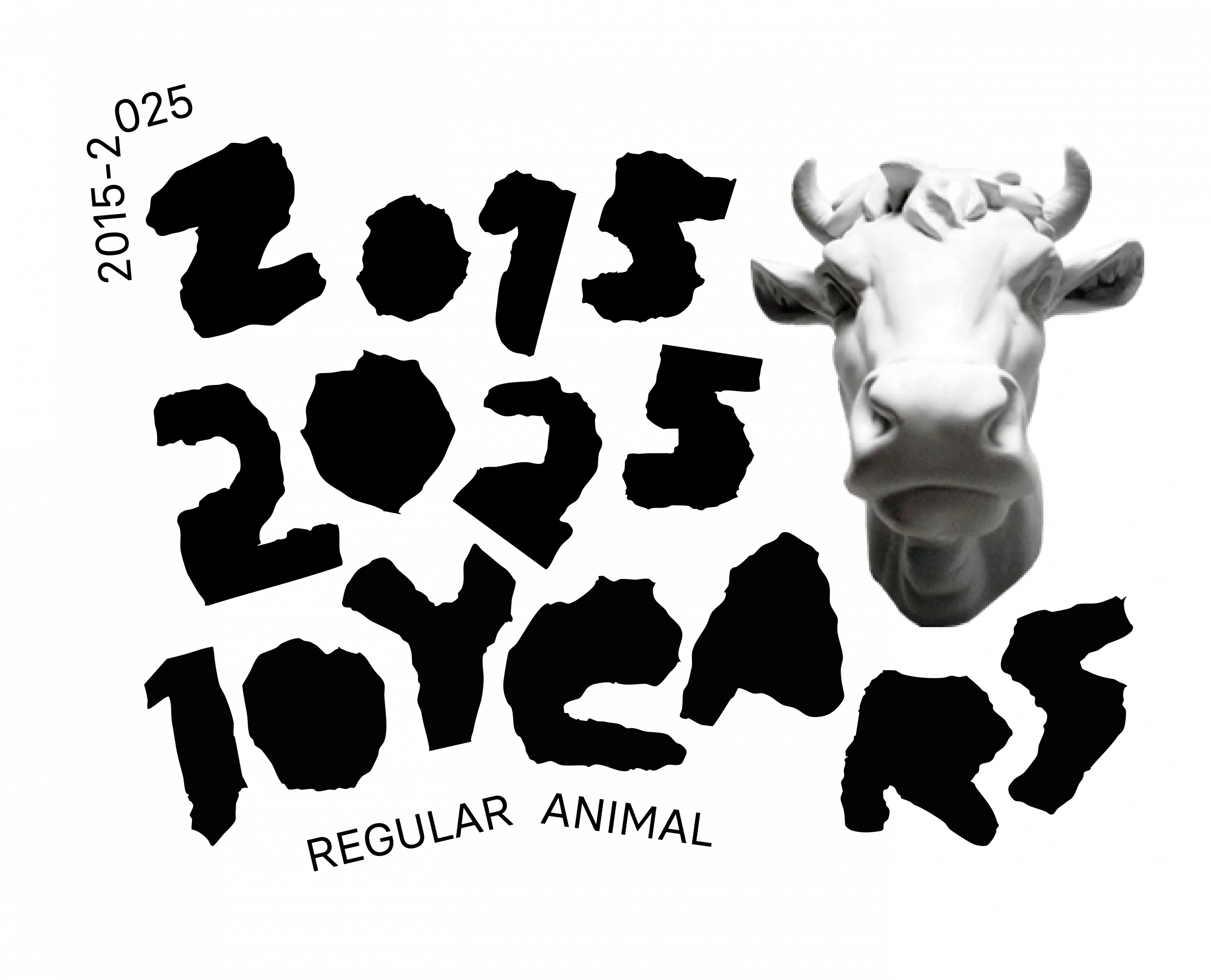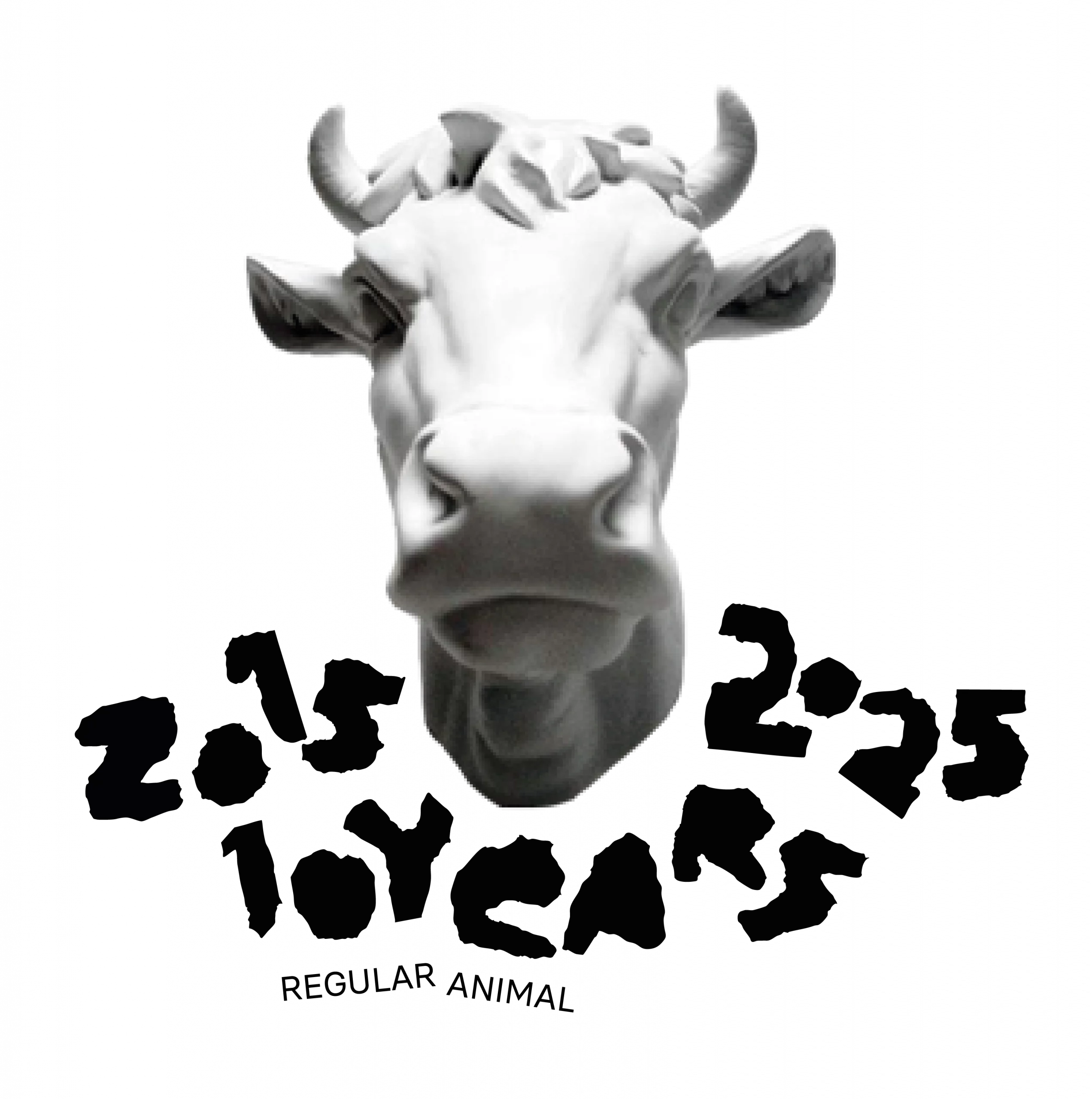Marketing Glossary · Logo
A logo is a graphic design, symbol, or emblem that represents a company, organization, or brand. It is a visual identifier that helps to distinguish a company or brand from others and to create a visual representation of its values, mission, and culture.
Logos are typically used on websites, business cards, letterheads, and other marketing materials, and they can be incorporated into the design of products or packaging. Logos are often designed to be simple and memorable, and they can be composed of text, images, or a combination of both. Some well-known logos include the Nike “swoosh,” the Apple “apple,” and the Coca-Cola “ribbon.”
Why are logos important?
There are several reasons why it is important to have a logo for a company, organization, or brand:
- A logo helps to establish a brand identity: A strong, well-designed logo can help to create a visual representation of a brand’s values, mission, and culture, and it can help to differentiate the brand from its competitors.
- A logo helps to build recognition: A logo that is consistently used on marketing materials and products helps to create recognition and familiarity among consumers, which can build trust and loyalty.
- A logo can help to create a professional image: A well-designed logo can help to create a professional image for a brand, which can be especially important for small businesses or startups.
- A logo can help to build customer loyalty: A strong, consistent brand identity that is represented by a logo can help to create customer loyalty and a sense of community among consumers.
- A logo can help to increase brand value: A well-known, well-regarded logo can help to increase the value of a brand, both in the eyes of consumers and in financial terms.
What are the main differences between a logo and a brand identity?
A logo is a graphic design, symbol, or emblem that represents a company, organization, or brand. It is a visual identifier that helps to distinguish a company or brand from others and to create a visual representation of its values, mission, and culture.
On the other hand, a brand identity is the overall image and personality of a brand. It includes the logo, but it also includes other elements such as the brand’s color palette, typography, imagery, messaging, and tone of voice. A brand identity is the sum of all the elements that make up a brand’s image and personality, and it is how a brand presents itself to the world.
In other words, a logo is a single element of a brand identity, while a brand identity is the complete package of elements that make up the image and personality of a brand.
How does an organization’s logo impact the customer journey?
A logo can impact the customer journey in several ways:
- First impressions: A logo is often the first thing that a customer sees when they encounter a company or brand, and it can make a strong first impression. A well-designed logo that is consistent with the brand’s values and message can create a positive initial impression, while a poorly designed logo can create a negative one.
- Brand recognition and recall: A consistently used logo can help customers to recognize and remember a brand, which can be especially important when they are considering making a purchase or interacting with the brand in some other way.
- Trust and credibility: A professional, well-designed logo can help to establish trust and credibility with customers, which can be especially important for small businesses or startups that may be less well-known.
- Emotional connection: A logo that is designed to evoke certain emotions or feelings can help to create an emotional connection with customers, which can be a powerful influence on their purchasing decisions.
- Differentiation: A unique, memorable logo can help a brand to stand out from its competitors and to differentiate itself in the market.
What are the different types of logo design?
There are several types of logo design, each with its own characteristics and uses. Some of the most common types include:
- Symbol or icon-based logos: These logos consist of a symbol or icon that represents the company or brand. They are often simple and easy to recognize, making them well-suited for use on products and packaging.
- Wordmark logos: These logos feature the company or brand name in a stylized font. They are often used by companies with well-established brands, such as Coca-Cola or Google.
- Combination mark logos: These logos combine both a symbol or icon and the company or brand name. They are often used by companies that want to convey a sense of unity and connection between the two elements.
- Emblem logos: These logos are similar to a combination mark logo, but the icon or symbol is often enclosed within a shape such as a circle or shield. They are often used by organizations or schools.
- Abstract logos: These logos use abstract shapes or forms to create a visual representation of the company or brand. They can be difficult to create and need to be more memorable to be more effective.
- Mascot logos: These logos feature a cartoon or illustrated character that represents the company or brand. They are often used by companies that target children or want to convey a fun or playful image.
- 3D logos: These logos use three-dimensional effects to create a sense of depth and movement. They are often used by companies that want to convey a sense of innovation or technology.
- Hand-drawn logos: These logos are created by hand, using traditional drawing methods. They are often used by companies that want to convey a sense of authenticity or craftsmanship.
Common characteristics of well-designed logos
Well-designed logos have several common characteristics that make them effective and memorable. These include:
- Simplicity: A well-designed logo should be simple and easy to recognize. It should be able to be reproduced in a variety of sizes and formats without losing its impact.
- Scalability: A good logo should look just as good on a business card as it does on a billboard, so it should be able to be scaled up or down without losing its legibility.
- Versatility: A logo should be able to be used across a variety of mediums, such as print, digital, and merchandise.
- Unique: A logo should be distinctive and not easily confused with other logos in the same industry, this will help to establish a brand identity.
- Timelessness: A good logo should be designed to last for the long term, rather than following current design trends that may quickly become outdated.
- Relevance: A logo should be relevant to the company or brand it represents, and should be able to convey the message or meaning of the company in a single glance.
- Memorable: A logo should be memorable and leave a lasting impression on the viewer. A memorable logo is more likely to be remembered and associated with the company.
- Appropriate: A logo should be appropriate for the target audience and industry, and should align with the overall branding strategy.
- Flexible: A logo should be flexible enough to be used in different contexts and mediums without losing its effectiveness.
- Adaptable: A logo should be designed to adapt to the changing needs of the company and able to evolve over time.
Looking for a Miami creative agency to help with your logo design needs? Check out our logo design services.
 Skip to main content
Skip to main content
